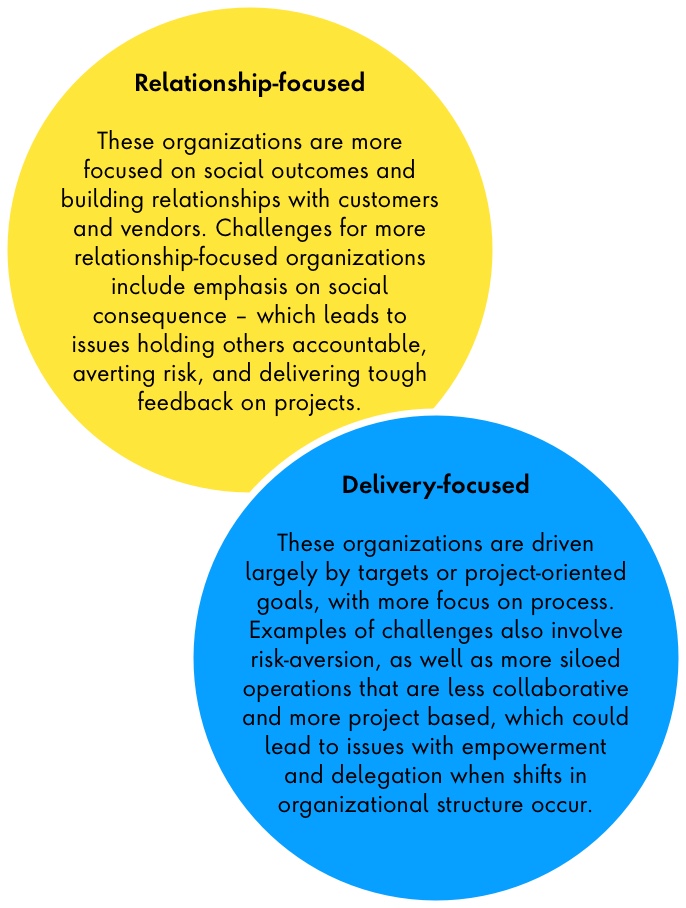“Implementing change entails employees being a part of the transformation from the onset, while installing change tends to lead to disenchanted employees,” Christian White, senior manager, OCM & project management, Publicis Sapient, Houston, said. “Humans are creatures of habit – we naturally have routine lifestyles, even at work. And when you turn working processes upside down, there’s a huge impact on culture.”
According to the Edelman 2020 Trust Barometer, 83 percent of respondents expressed fear of job security due to change issues like job relocation, automation and lack of training. Organizational change can often seem like a process-oriented journey -- with efforts focused on installing new operating models and frameworks. But in order to successfully implement this change alongside digital business transformation efforts, organizations must also take into account how culture exists within the workplace -- the nuances of human nature, the values and rituals that have become ingrained and embraced by the workforce. Without understanding the “softer” elements of how people work on a day-to-day basis, new processes may be short-lived, or run the risk of being rejected entirely due to internal resistance or slow adoption by employees who may struggle to break old habit.
“Getting an operating model up and running is less about the design of it rationally and more about the acceptance of it emotionally,” Hopgood said. “What you really need to understand is: To what degree are you culturally aligned towards the new model or culturally resistant to the right ways of working?”













